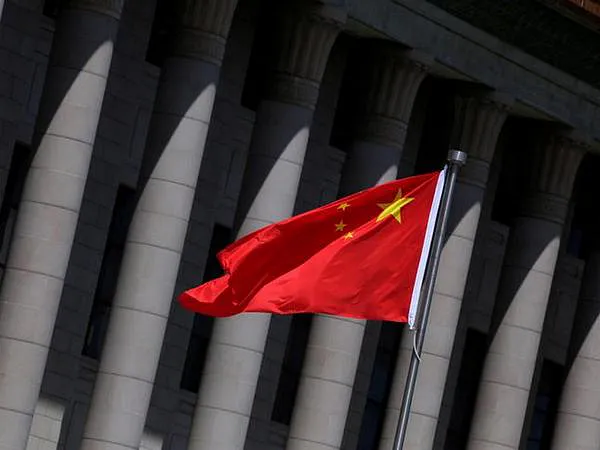With India banning the export of broken rice with immediate effect, the supply chain for the food grain in China seems to be exacerbated as Beijing is considered to be the top buyer of it.
Under the restraining order, India imposed a 20 per cent duty on exports of white and brown rice. The affected rice accounts for about 60 per cent of India’s total rice exports. India has also banned the export of broken rice, but parboiled rice and basmati rice are not included in the restriction order.
India is the world’s largest rice exporter, accounting for 40 per cent of the global rice trade. India exports rice to more than 150 countries, and any reduction in its shipments would increase upward pressure on food prices, which are already rising because of drought, heat waves and Russia’s invasion of Ukraine.
At present, many countries around the world are suffering from a worsening food crisis or inflation, and this move by India will bring further pressure on these countries, as per reports.
India is an important broken rice supplier to some African countries. But according to an article published by China Agricultural Information Network, China is the largest buyer of Indian broken rice, importing 1.1 million tons of broken rice from India in 2021. India’s total rice exports in 2021 reached a record 21.5 million tons, more than the rice exports of the world’s top four exporters Thailand, Vietnam, Pakistan, and the United States combined. Broken rice is mainly used in China as animal feed and in the production of noodles and wine, the report stated.
India’s export restrictions on rice could raise global rice prices, leading to more food inflation, while also adding to the chaos in the global food market caused by the Russia-Ukraine war. In stark contrast to the surge in wheat and corn prices following Russia’s invasion of Ukraine, rice has been a food item that has helped weather a bigger food crisis thanks to ample stocks. But with India’s latest move, that may be about to change.
The Ministry of Consumer Affairs, Food and Public Distribution said global demand for broken rice has risen due to the geopolitical scenario, which has impacted the price movement of commodities including that animal feed.
Rice is the third major agricultural product that the Indian government has imposed export sales restrictions on this year. After India had its hottest months in more than a century in March and April, the government restricted exports of wheat and sugar in May.
India’s major growing states, such as Uttar Pradesh, West Bengal and Bihar, experienced insufficient rainfall in June and were hit by erratic rainfall in July and August, leading to the reduction of rice acreage from one year to the next, the Ministry of Agriculture said. The previous 26.7 million hectares decreased by 13 per cent to more than 23.1 million hectares.
In the last fiscal year to March, India exported about 3.8 million tons of broken rice globally, accounting for about a fifth of its total non-basmati rice exports. From April to June, exports of the cheap commodity amounted to 1.4 million tons or about a third of non-basmati rice exports.
The new duty is likely to discourage buyers from making purchases from India and prompt them to shift towards rivals Thailand and Vietnam, which have been struggling to increase shipments and raise prices.
The ban on exports assumes significance as it appears that the overall sown area under paddy this Kharif season could be lower than that of last year. This can have an impact on both crop prospects as well as prices going forward.
Farmers in India have sown less paddy this Kharif season. Kharif crops are mostly sown during monsoon -June and July, and the produce is harvested during October and November.

